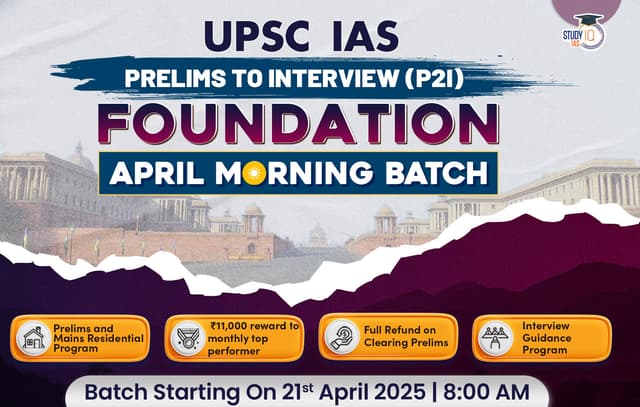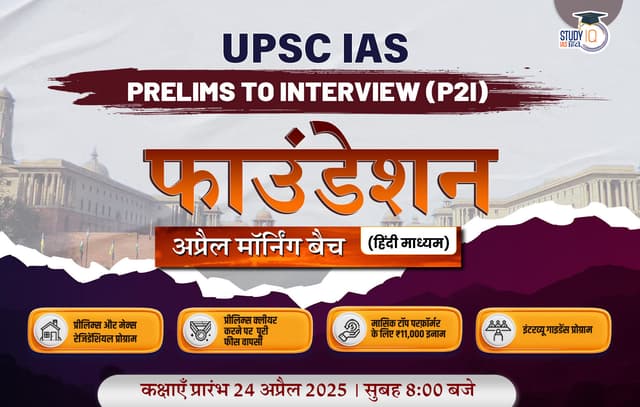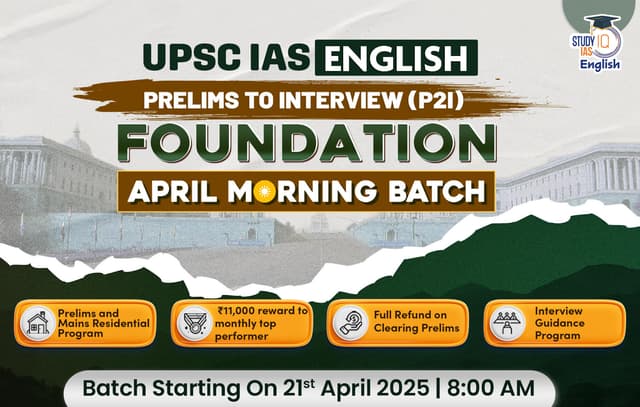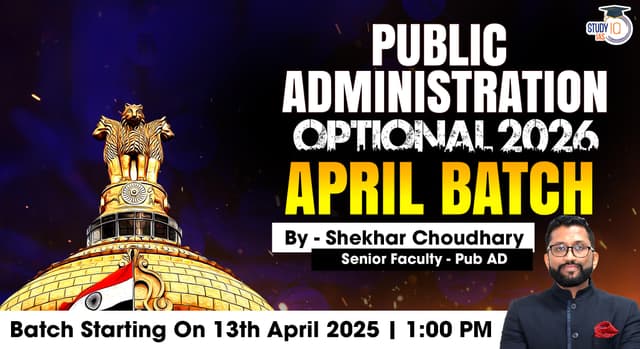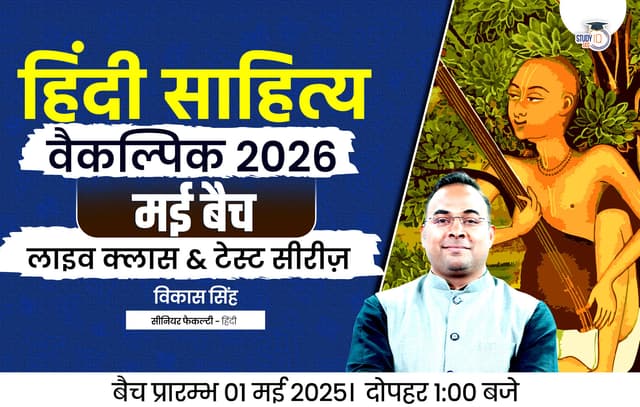Table of Contents
Context: The 19th report of Parliament’s Public Accounts Committee (PAC) presents a critical evaluation of the Goods and Services Tax (GST) regime.
More in News
- The report highlights significant structural and operational deficiencies in the GST framework, particularly concerning revenue collection, state compensation, and audit compliance.
About Public Accounts Committee (PAC)
- Origin: The Public Accounts Committee (PAC) was established in 1921 on the basis of the Government of India Act, 1919. (Montague-Chelmsford Reforms).
- It is one of the oldest Parliamentary Committees in India.
- Composition: 22 members (15 from Lok Sabha + 7 from Rajya Sabha).
- Election method: Members of the committee are elected through a system of proportional representation by means of a single transferable vote.
- Chairman: Appointed by the Speaker from amongst members of the committee.
- Since 1967, it has been a Parliamentary tradition to appoint the Chairman from the Opposition party.
- Current Chairman: K. C. Venugopal
- Tenure: 1 Year (Chairman & Members)
- Significance: Essential for ensuring executive accountability to the people and enforcing parliamentary oversight over the government’s actions.
What are the roles of PAC?
- Examine the audit reports submitted by the Comptroller and Auditor General (CAG) and present its findings to Parliament.
- Acts as a watchdog over public finances by reviewing the audit reports on appropriation accounts and finance accounts.
- Scrutinises the appropriation accounts to ensure:
- Funds were legally available.
- A competent authority sanctioned their use.
- Procedures and rules were properly followed.
| Note |
|
PAC’s Limitations
- Lack of Enforcement Mechanism: Although the PAC identifies irregularities in public expenditure, there are no mechanisms to enforce corrective action
- Post-Facto Examination: The PAC reviews government expenditure only after it has already been incurred, limiting its ability to prevent inefficiencies.
- Advisory Nature of Recommendations: The PAC’s recommendations are advisory and not binding on the government, reducing its influence on immediate corrective action.
- No Mandate to Examine Policy: The PAC lacks the authority to examine government policies in a broader sense, restricting its role to the review of financial matters.
19th Report of the Public Accounts Committee (PAC) on GST
- Decline in Indirect Tax Revenue: The PAC underscores a nearly 2% drop in indirect tax revenue between FY18 and FY20 (the first two years of GST implementation).
- This decline occurred before the COVID-19 pandemic and reflects systemic issues within the GST regime.
- Compensation Fund and Delayed Payments: The GST (Compensation to States) Act, 2017 mandated the creation of a Compensation Fund to offset states’ revenue losses due to GST.
- States were promised 14% annual revenue growth for five years (2017–22), using FY16 as the base year.
- However, the report notes:
- Several states have reported non-receipt or delayed receipt of compensation.
- This has negatively affected state-level governance and fiscal stability.
- Centre’s Non-Compliance with Audit and Certification: The PAC highlights that the Centre has failed to:
- Furnish the Compensation Fund Account to the Comptroller and Auditor General (CAG).
- Ensure timely certification and release of compensation to states.
- This has strained the functioning of the GST regime, which was designed to be a unified yet federal tax structure.
- Impact on Manufacturing-Heavy States: As a destination-based tax, GST is levied at the point of consumption rather than production.
- This has led to a sharp decline in indirect tax collections for manufacturing-heavy states, reducing their fiscal autonomy.
- Major revenue-generating states have long raised concerns about the centralising tendencies of GST.
- Audit Irregularities and Lack of Oversight: The PAC flagged serious lapses in the Finance Ministry’s audit practices:
- A sample of 10,667 cases revealed 2,447 inconsistencies amounting to ₹32,577.73 crore.
- The Finance Ministry’s audit approach was criticised as “lackadaisical.”
Recommendations by PAC
The PAC proposed several corrective measures:
- Formal Mechanism with CAG: Establish a structured mechanism for regular audits and certification of the Compensation Fund.
- Timely Resolution of Pending Cases: Ensure updates and action on unresolved audit cases.
- Development of “GST 2.0”: A comprehensive review of the GST regime to address structural deficiencies.
- States are seeking a greater share of GST revenues — closer to 70%–80% (from the current 50%).
Conclusion
The PAC’s report calls for a systemic overhaul of the GST framework to address delays in state compensation, strengthen audit practices, and restore fiscal balance between the Centre and the States. The proposed “GST 2.0” is expected to address these structural issues and improve state-level fiscal autonomy.

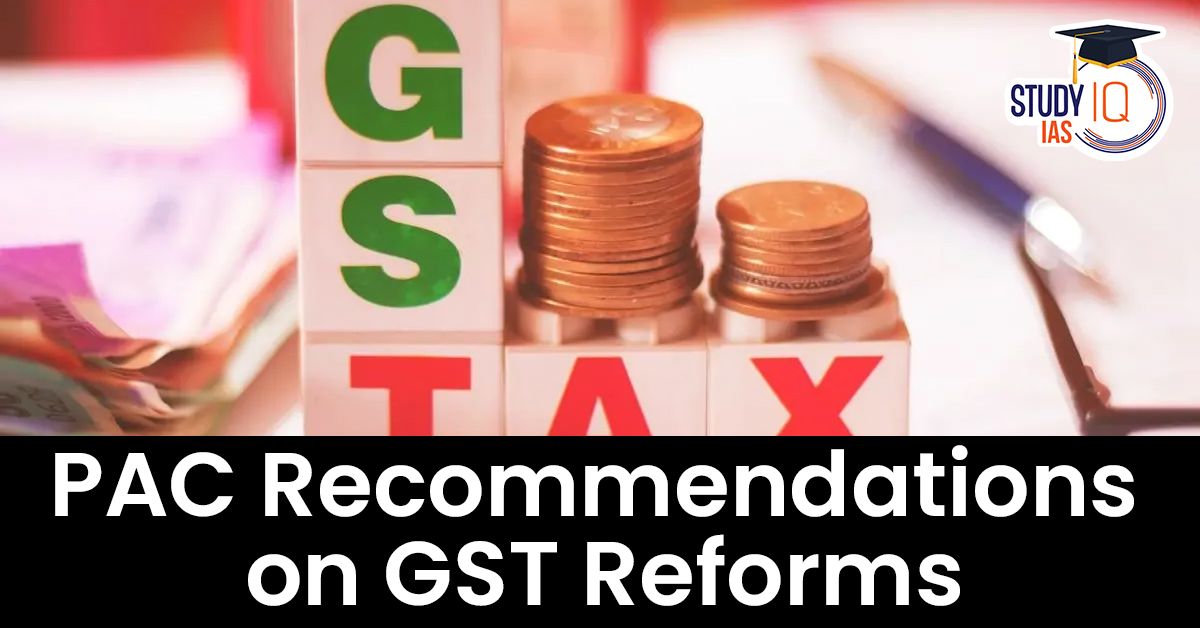
 India's Oil Import Dependency Reaches Re...
India's Oil Import Dependency Reaches Re...
 Steel Production in India, Major Players...
Steel Production in India, Major Players...
 RBI issued New Guidelines regarding Liqu...
RBI issued New Guidelines regarding Liqu...


